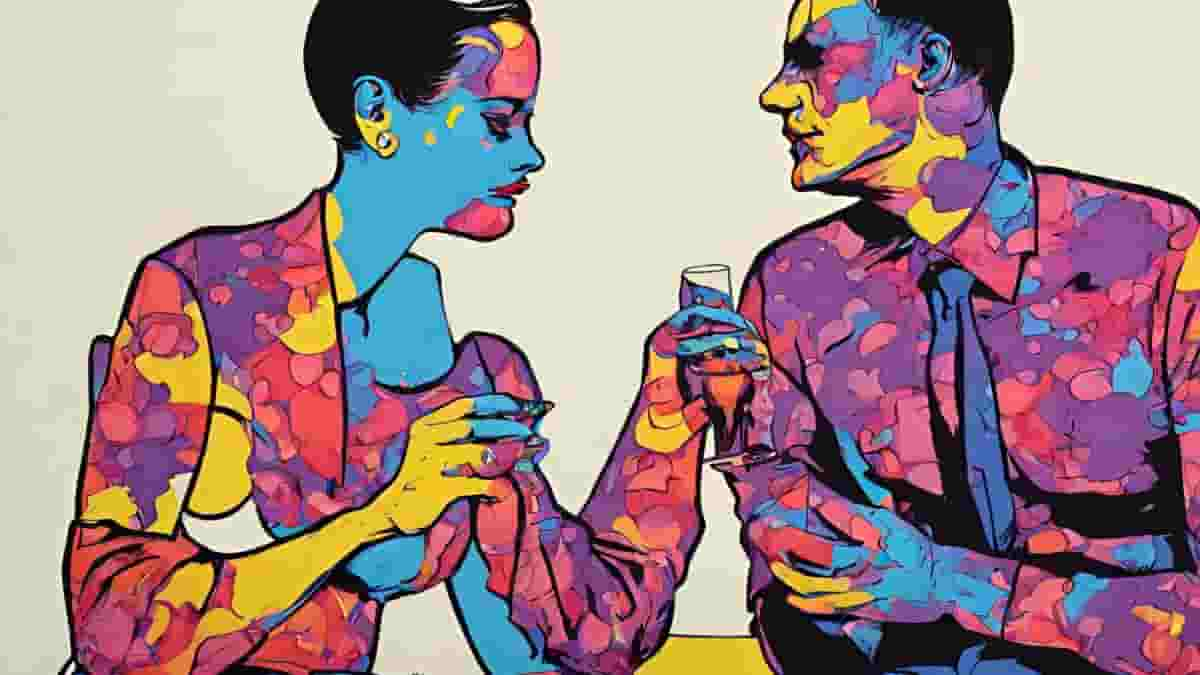Gossip and going on Facebook sometimes seem like a waste of time. But in fact, they actually serve a basic human need, and according to a new book, there is growing evidence from research showing this.
The need to connect socially with others is as basic as our need for food, water and shelter, writes UCLA professor Matthew Lieberman in the book, Social: Why Our Brains Are Wired to Connect
“Being socially connected is our brain’s lifelong passion. It’s been baked into our operating system for tens of millions of years.”
Lieberman specializes in social cognitive neuroscience, a field that analyzes how brain function underlies social thinking and social behavior.
Born to Watch Reality TV
In his book, he explains that our inclination to be social may make clear our need to interact through social media, texting, and gossip.
Our social brain wiring could also be behind why people are interested in watching others’ social interactions on soap operas and reality television.
The book actually cites more than 1,000 published and unpublished studies. But it is fascinating reading, telling the story of how 250 million years of evolution have produced major differences in the brain that distinguish us from our ancestors.
Such evolution has made today’s humans “more connected to the social world and more dependent on the social world,” to quote the book.
Hyper Connected Species
“Mammals are more socially connected than reptiles, primates more than other mammals, and humans more than other primates,” Lieberman said. “What this suggests is that becoming more socially connected is essential to our survival. In a sense, evolution has made bets at each step that the best way to make us more successful is to make us more social.”
Lieberman suggests that our institutions, from schools and sports teams to the military and healthcare institutions, would perform better if they were structured with an understanding of our social nature.
“Someday, we will look back and wonder how we ever had lives, work and schools that weren’t guided by the principles of the social brain,” he writes.
Social Growing Brains
For instance, middle school education could be dramatically improved by tapping the brain’s social potential. U.S. students’ interest in school tends to wane when they reach the seventh and eighth grades; an age when humans become extremely social.
“But our school system says to turn off that social brain,” Lieberman said. “We typically don’t teach history by asking what Napoleon was thinking; we teach about territorial boundaries and make it as non-social as possible. Too often we take away what makes information learnable and memorable and emphasize chronology while leaving out the motivations.
Eighth graders’ brains want to understand the social world and the minds of other people. We can tap into what middle school students are biologically predisposed to learn, and we can do this to improve instruction in history and English, and even math and science.”
Research also suggests that students are more likely to remember information when they take it in socially. Schools could apply that lesson by having older students tutor younger ones.
“If you have an eighth grader teach a sixth grader, the eighth grader’s motivation is social: to help this other student and not embarrass himself,” Lieberman said. “Getting everyone to be both teacher and learner would create enthusiasm for learning.”
Imaging Social Pain
The book also gives real world context for the research by Lieberman and colleagues that used functional magnetic resonance imaging (fMRI) to show that neural mechanisms make us profoundly social beings. The importance of social connection is so strong, he writes, that when we are rejected or experience other social “pain,” our brains “hurt” in the same way they do when we feel physical pain.
“Social and physical pain are more similar than we imagine,” Lieberman said. “We don’t expect someone with a broken leg to ‘just get over it.’ Yet when it comes to the pain of social loss, this is a common — and mistaken — response.”
Our social nature is so powerful that it even may rule how effective we are in developing new innovations and producing major societal changes.
According to Lieberman, we’re wired to see things and think, ‘How can I use this to help other people that I know?
You can have the most brilliant idea for an invention, but if you can’t convey that to other people in a way that they’ll help you build it and market it to other people, it’s just an idea in your head. If we’re not socially connected, even great ideas wither.
More about social neuroscience:
The Neuroscience of Psychotherapy: Healing the Social Brain
Last Updated on December 11, 2023
